Football clubs are not just sporting organizations; they are multimillion-dollar businesses with complex financial ecosystems. From the revenue generated through television broadcasting rights and sponsorships to ticket sales and merchandise, clubs have multiple streams of income that fuel their operations.
At the same time, managing how that money is spent is a delicate balancing act. Whether it’s investing in player transfers, paying wages, or upgrading stadiums, the financial decisions clubs make play a critical role in their on-field success and long-term sustainability.
In this article, we’ll explore how football clubs make money, how they spend it, and the challenges they face in maintaining financial health while competing at the highest level. We will cover every aspect of this complicated universe, including how sponsorship deals work, the impact of transfer fees, and everything in between.
Both domestic and international competitions and leagues around the world have different ways of monetizing and giving clubs money, so the reality of European leagues might be different from that of South American clubs. We will cover the main ones worldwide, but that doesn’t mean it’s a reality for every club.
Each team has its own way of revenue generation. Here are the main ones:
Table of Contents
- How Football Clubs Make and Spend Their Money
- Football – High Money Rewards But High Expenses
- How Most Football Clubs Earn Money
- How Most Football Clubs Spend Money
- Make Money as a Successful Club in FootballTeam
Football: High Money Rewards But High Expenses

Many football clubs face significant financial challenges despite the large sums of money involved in competitions like the Premier League and Champions League. Clubs have substantial expenses, such as player salaries and stadium upkeep, in addition to their revenue from matchday sales and other sources.
Poor financial management can lead to disastrous outcomes for clubs, including the forced sale of valuable assets like players. To ensure long-term survival, even during periods of poor performance on the field, clubs need careful management and sound financial decision-making. While some clubs, like Chelsea and Barcelona, consistently win awards, others with fewer victories can still achieve financial stability through effective commercial revenue generation and expense management. However, not all clubs are successful in navigating these financial challenges, and many experience difficult periods.
How Most Football Clubs Earn Money

This article will delve into the fascinating world of football club finances, exploring the diverse avenues clubs utilize to generate revenue and sustain their operations. We will examine both active and passive income streams, providing insights into how these organizations manage to amass millions each month.
While each club possesses its own unique financial strategy, we will focus on the primary methods employed by football clubs across the globe. From English Premier League giants to Spanish powerhouses, the quest for revenue remains a universal objective.
The following section will elucidate the key areas through which football clubs generate income, equipping you with a comprehensive understanding of this intricate financial landscape.
Stadium Naming Rights

One common strategy teams use to increase club revenues and keep up with their expenses is to sell the naming rights of their stadiums. There are numerous examples across the globe, like the Emirates Stadium from Arsenal and the Spotify Camp Nou from Barcelona. Even though the name doesn’t impact sports and non-football events, this strategy highly benefits both the team and the sponsor.
The team gets the money to invest in the training facilities and other parts of the management, while the brand buying the naming rights gets the exposure and fan engagement of the action. It’s very common nowadays, and almost every country has at least one arena “bought” by a big company.
This strategy is one of the easiest ways to help with financial stability, and even though it’s not as profitable as other commercial activities, it is great because the club doesn’t have to do almost anything to implement the strategy, and the effects are almost immediate.
The action doesn’t give the team any direct competitive advantage, but is one of the best strategies. Most people don’t pay attention to these changes in the stadiums, but the next time you go see a live game, make sure to pay attention to this aspect. If the arena you are visiting is sponsored by a brand, you’ll probably see its impact in different aspects, like the hospitality packages and the overall looks of the stadium.
Player Sales

There are two main reasons why clubs put their players in the transfer market. Either they are not performing well and are no longer a good fit for the roster, or the club needs money.
Player sales are a frequent and lucrative source of income for football clubs. Star players can be sold for millions of euros by European clubs, providing a substantial influx of funds, regardless of the reason for the sale.
More money means better investment in future players, which can be the key to surviving. This becomes interesting, especially for clubs with Youth Academies. By gathering the money from the sold players, they can invest in youth development and acquire new players to complement the main team’s lineup.
Selling players is also a volatile business and a small factor can interfere with their value. Whether through their performance in UEFA competitions or in any other competition, their value can constantly change, and offers might rise or fall according to what they do on the field.
Tickets Sales

Even though season tickets might not impact the overall revenue for a club like Manchester United or any other big team, for smaller teams, they can be the main source of income.
Ticket sales are also the main way fans can help support their teams and ensure the maintenance of the arena. While the exact impact varies depending on a club’s size and success, ticket sales generally contribute to matchday revenue and overall financial stability.
For many clubs, especially those in lower divisions or with smaller stadiums, matchday revenue (ticket sales, concessions, and parking fees) can represent a substantial percentage of total income. For top-tier clubs, even though broadcast rights and sponsorship deals dominate their financials, ticket sales still account for a significant portion of overall revenue, particularly for home matches in high-demand competitions.
For smaller clubs, ticket sales can be even more critical. In the case of clubs outside the top leagues, the revenue generated from gate receipts can be a decisive factor. These teams often rely heavily on loyal fanbases to fill the stadium for every match, as they may not have the same lucrative sponsorship or broadcasting deals as larger clubs.
Broadcast Revenue
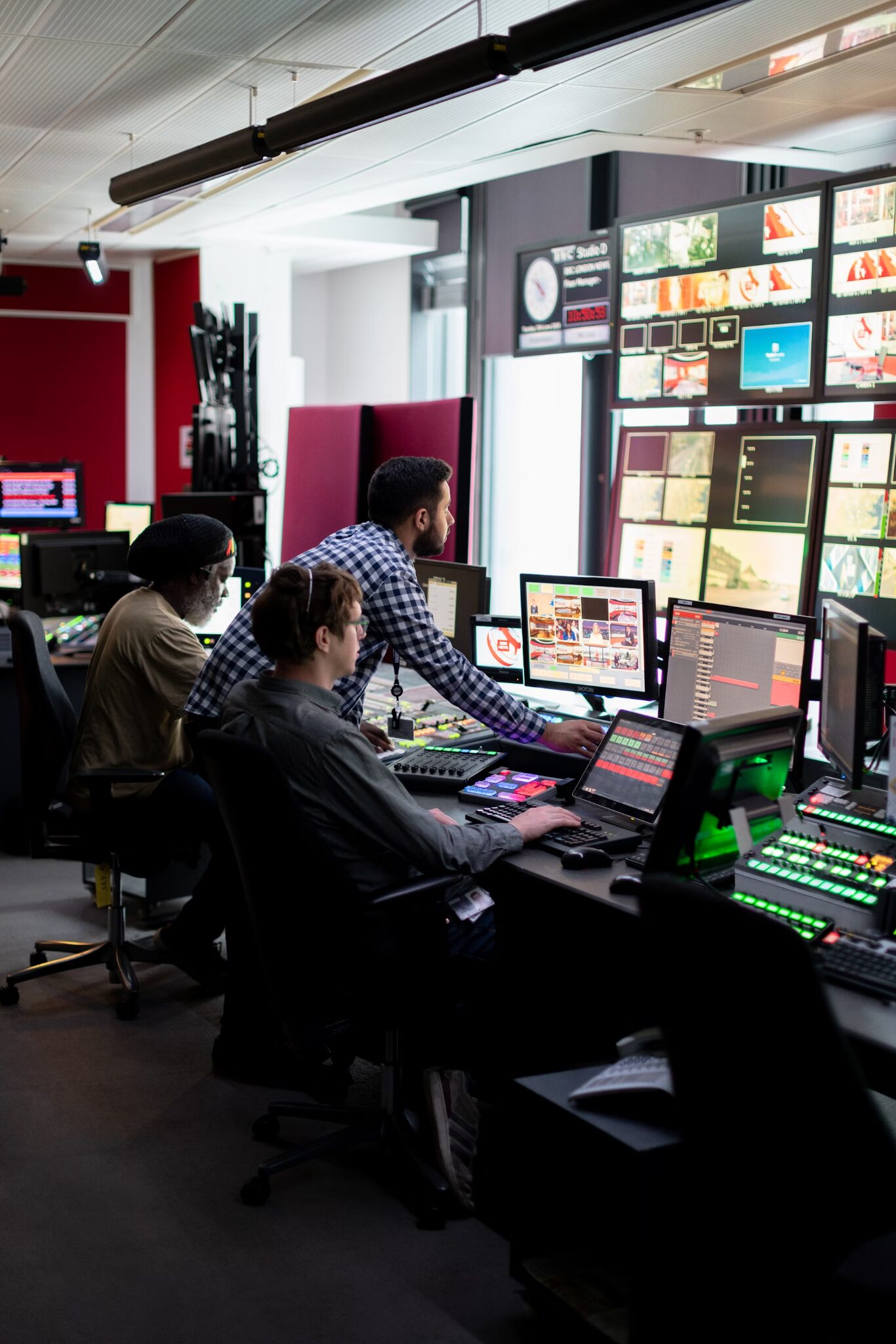
Speaking of broadcast, the TV rights and other incomes generated by television networks are also a big part of many teams’ income. This kind of revenue is more common for bigger teams, who broadcast their home games on TV and digital platforms that purchase the rights to do it.
With the sports’ global expansion and people’s interest in it growing more every day, companies see a great opportunity to broadcast these games and attract viewers. One of the reasons why this is one of the favorite ways to generate revenue is that it is also one of the highest-paid ones and is very lucrative. On the other hand, it is something common to top-flight teams, while other clubs don’t attract as much interest from companies. Football is also one of the most competitive industries and signing a contract like this can be a decisive factor.
Live matches and broadcasting of top clubs impact not only the direct revenue but also the indirect growth of the club. By watching the players perform on television or on the internet, people get more interested in visiting the stadium and watching live events, helping with matchday income, wage bill, and other aspects. It is also a great way to turn young players and newcomers into star players famous worldwide.
Sponsorships
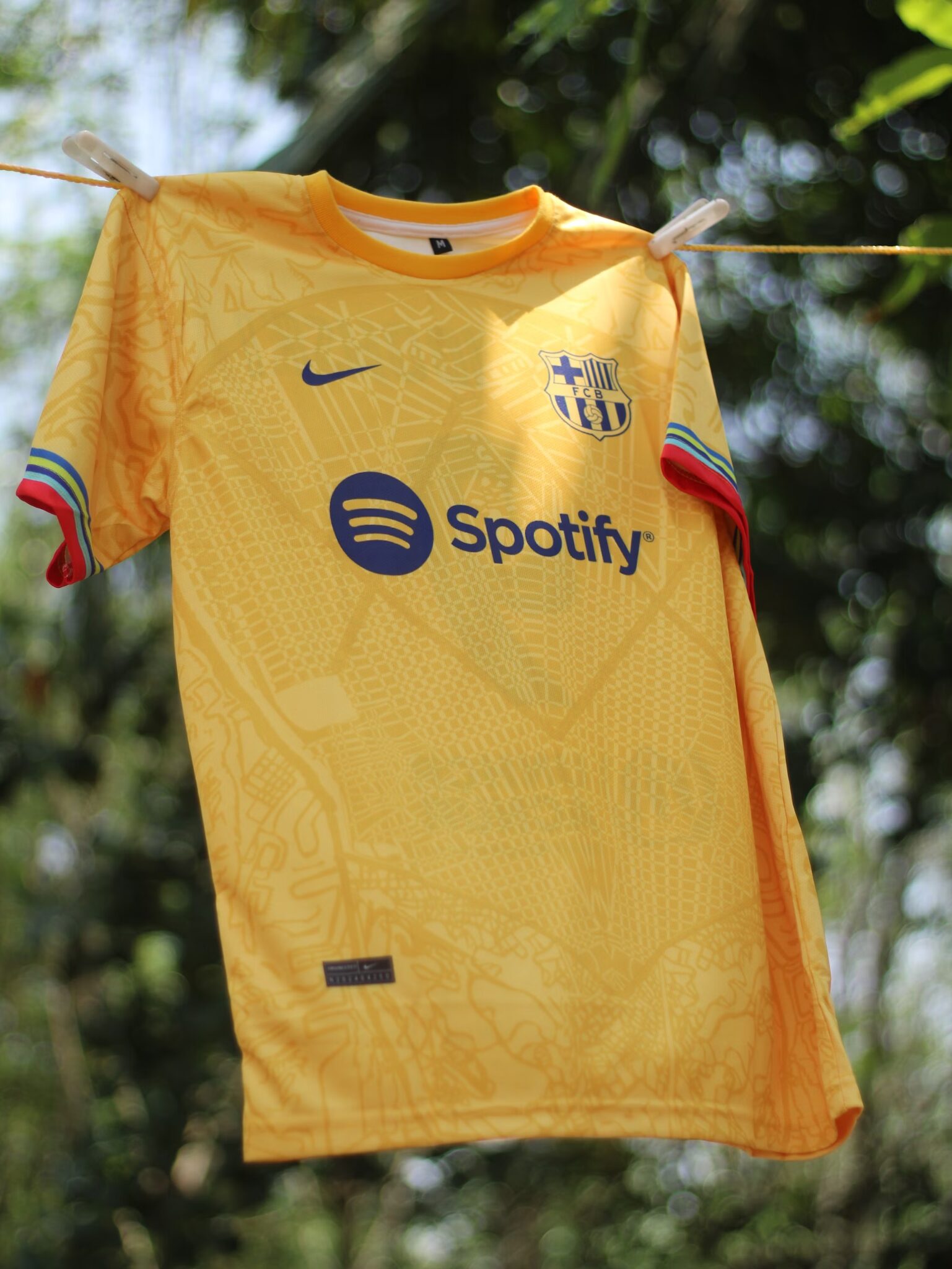
Naming rights are not the only way brand partnerships can be developed. One way to guarantee the sustainable growth of the club and help pay for expenses like training grounds and new players is through sponsorships.
Sponsorship deals allow clubs to generate substantial income by partnering with companies that want to align their brand with the club’s image, reach its fanbase, and benefit from exposure in global markets.
One of the most visible and lucrative forms of sponsorship in football is shirt sponsorship. For top clubs, these deals can be worth tens or even hundreds of millions of dollars annually.
The sponsor’s logo appears on the team’s matchday shirts, training gear, and other promotional materials. This partnership provides the sponsor with global visibility, as top football clubs have millions of fans worldwide.
Shirt sponsorship deals are often negotiated based on the club’s global fanbase, on-pitch success, and marketability. For example, top clubs like AC Milan, Barcelona, and Real Madrid have historically secured deals with major global brands. This way, clubs buy expensive players and pay their bills while offering exposure to the sponsors.
Another important sponsorship relationship for football clubs is with kit manufacturers, such as Nike, Adidas, Puma, and Under Armour. These deals involve the club wearing a particular brand’s apparel for matchdays and training sessions. Kit supplier deals often include not just the supply of equipment, but also a significant financial payout to the club.
Stadium Profits
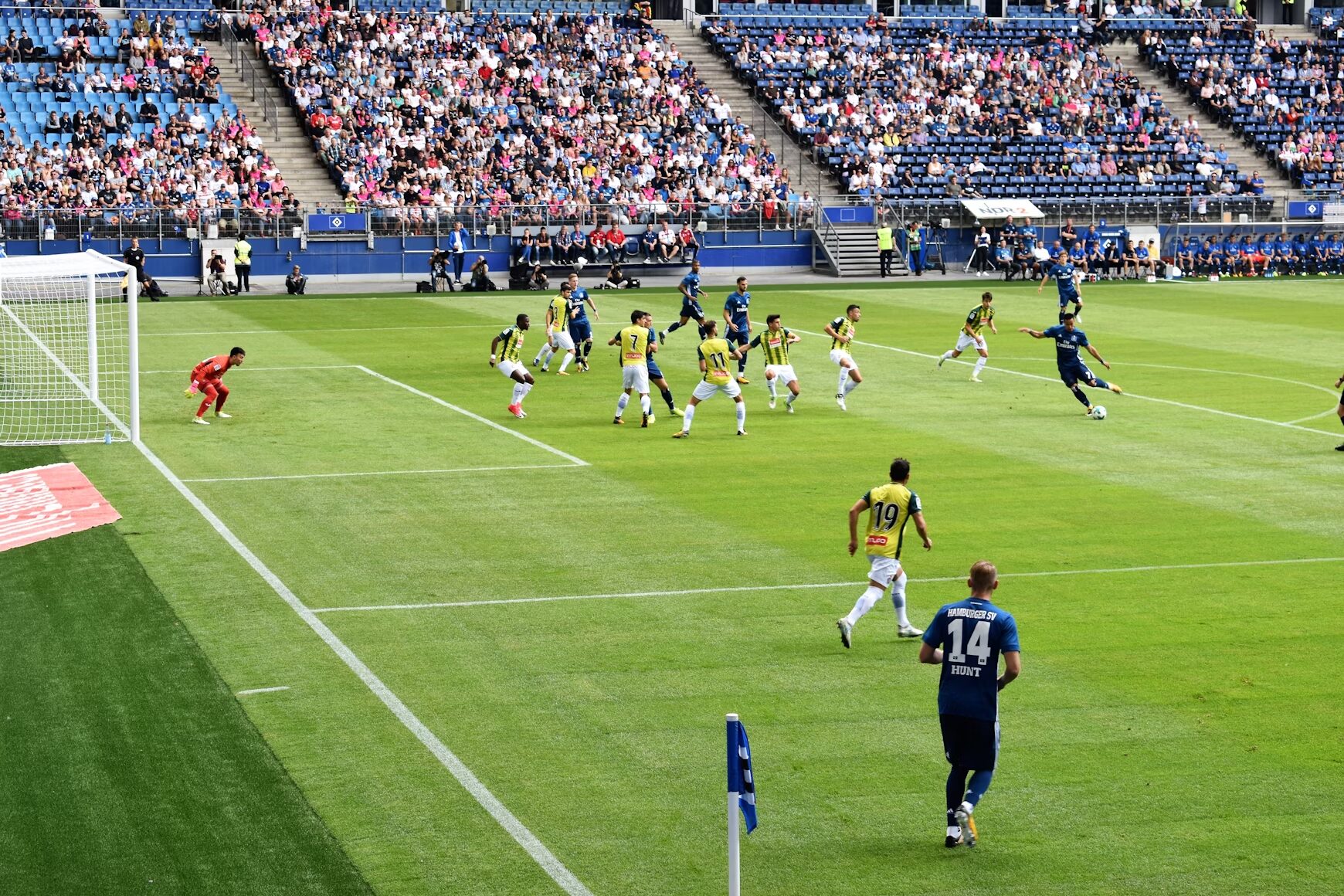
Another aspect that can help achieve growing revenues for clubs and ensure net profit is the overall profits of the team’s facilities, especially the stadium. More than just the tickets, there are several ways the arena can generate money for the club, like food sales for example. Most stadiums have restaurants inside and even famous fast food chains, that need to pay a monthly rent to keep their store inside.
Not only that, but some arenas also have their souvenir store and official products for sale, which also contributes to the generation of profit. This point is directly impacted by the team’s fan base and if they are willing to spend cash on the items inside the arena.
This might be far from the most significant source of income for the clubs, but in the end, this number can impact a lot on the overall money and wealth of the team.
The possibilities of what a stadium can do to generate profit inside the structure itself are almost endless. Another common alternative is to rent the training ground for other teams to use. This way, you’re using the structure to earn money, even from rivals sometimes.
When it comes to the stadium, there’s much potential for increasing the net profit. The more you invest in marketing and the overall structure, the more you’ll attract other teams and even other business companies wanting to rent the place.
Awards and Prizes

Last but not least, we have one of the main sources of income and the reason why players must always do their best on-pitch performance. One of the largest sources of income a club can earn are the prizes and awards because they impact all the aspects above.
Along with the direct money received from the competitions they win, a good performance also helps drive more potential sponsors and customers, raising ticket sales, online content broadcasting, and all other items. Teams like Manchester City have a deeper appreciation of their assets, broadcasts, and tickets because of their results in the beautiful game.
The value of the prize will depend on the championship and in which position the team finishes. Some competitions even give cash prizes just for participating, being a crucial help for smaller clubs needing funds. For the winners and three first places, the award can surpass millions of dollars.
How Most Football Clubs Spend Money

Now, it’s time to see how the teams spend the money earned through these numerous venues and sources. Remember that this might vary depending on the region the club is located and its size. We will cover the main ones used and why they are important for the team to remain competitive.
Make sure to take a look at each one to help you understand these management matters and how the financial discipline can be improved. Here are the main expenditures clubs can have and the details of each one:
Salaries
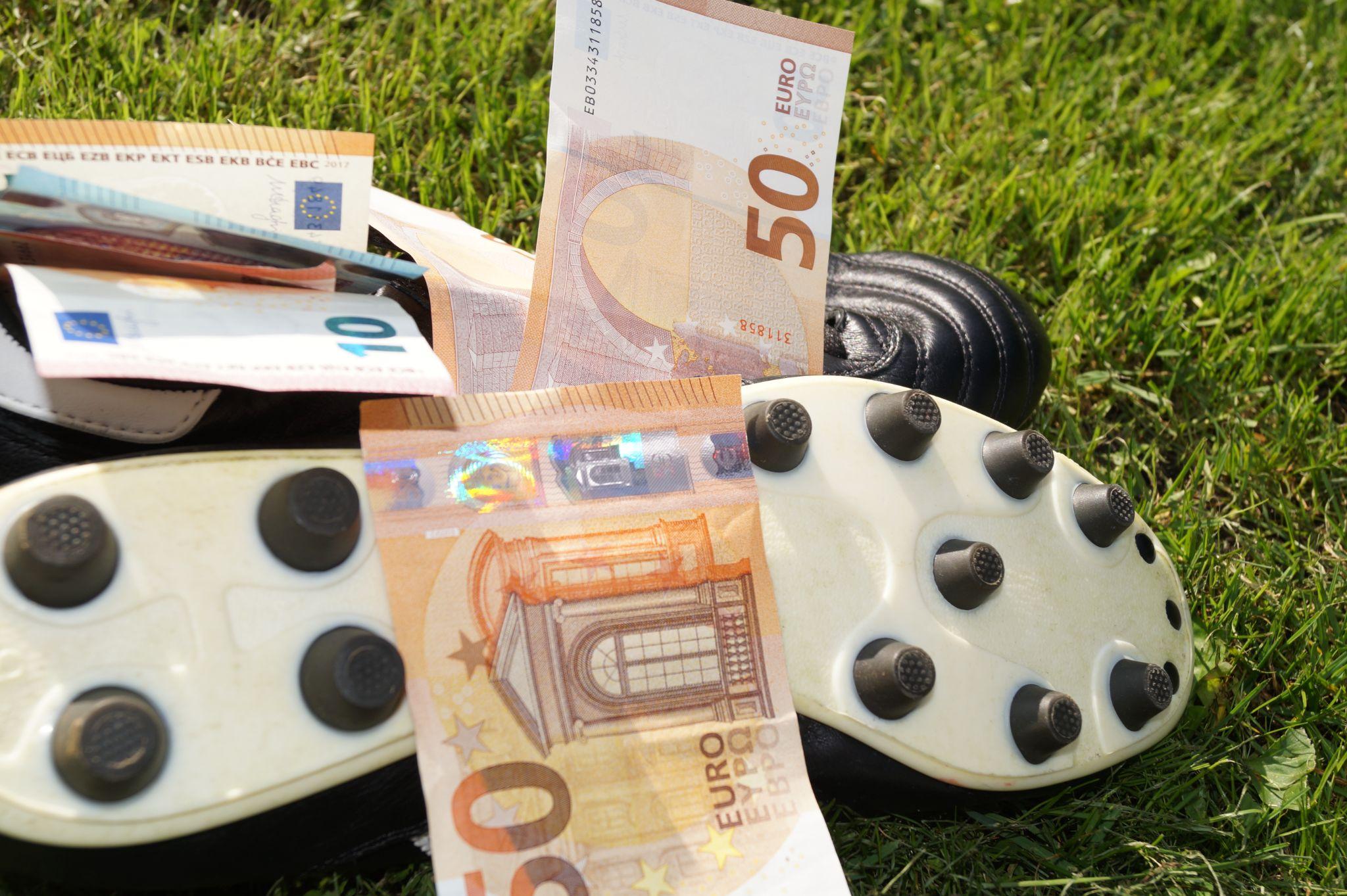
The salaries are probably the most important and obvious expense a club can have. When it comes to cost control and the financial wealth of the team, the salaries need to be carefully calculated and managed according to the players. Better players mean bigger salaries, as some players can be worth more than hundreds of thousands of dollars every month.
But the salary expenses of a club go far beyond just the players. Owners must pay all the employees responsible for the management and maintenance of their stadium, the doctors and coaches of their club stars, and everyone else involved in the operation of the club.
Transfers
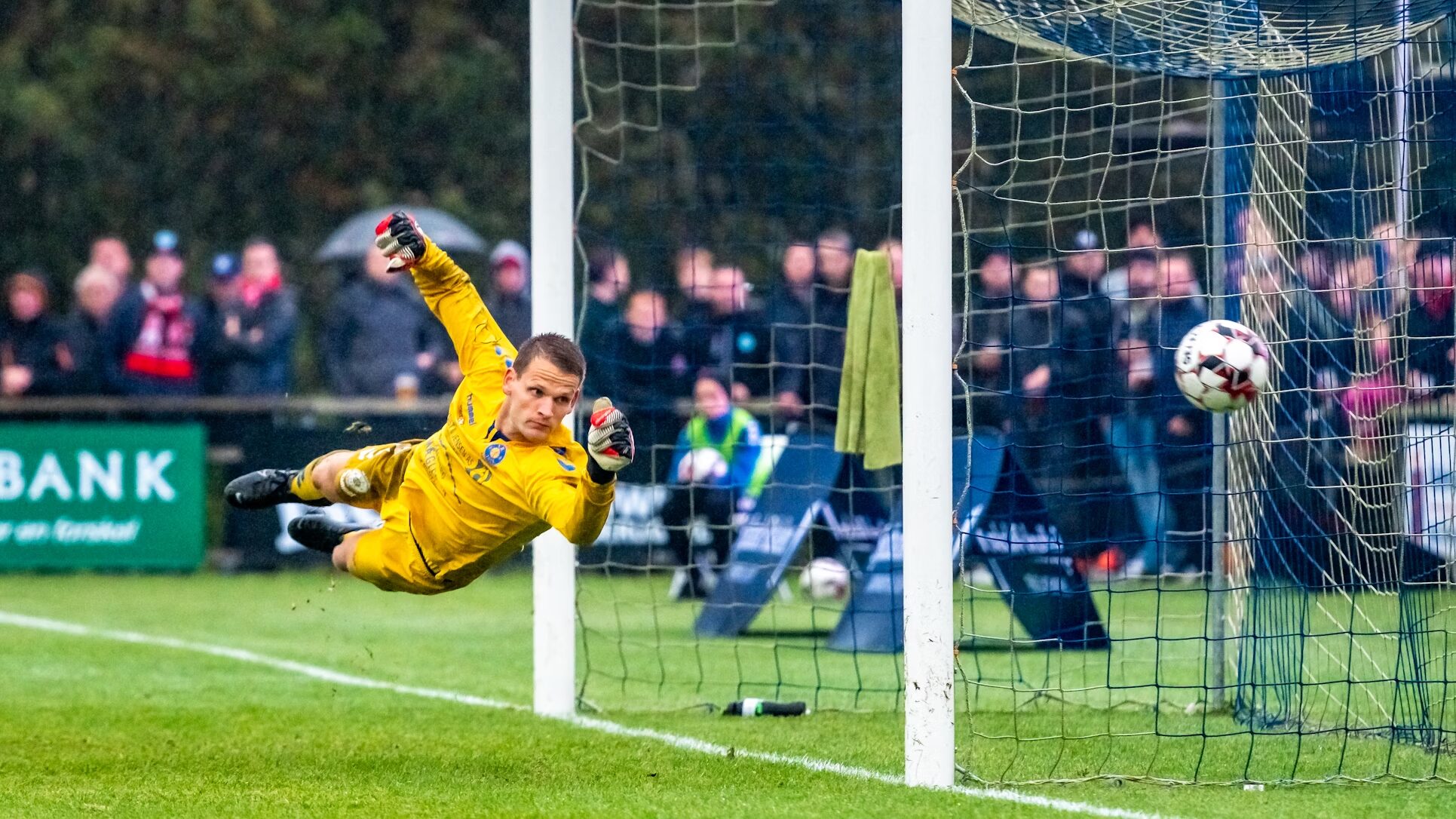
Player acquisition is one of the most expensive operations for a football club; top talent can cost millions of dollars. Clubs must consider not only transfer fees but also wages and other costs associated with hiring. Every transfer is a delicate operation requiring careful consideration.
While buying players is essential, selling players is equally important for successful financial management. Clubs must balance their books and ensure they have the resources to invest in new talent.
Player trading, where two teams exchange players, can benefit both sides. A player who hasn’t adapted well to one club’s style of play may thrive in a different environment.
Stadium Expenses

Stadium upkeep and renovations are a considerable expense for football clubs. Recently, numerous clubs have opted to rebuild their stadiums, which is a substantial financial undertaking for any team.
Stadium maintenance expenses for a club can vary significantly depending on the size and age of the stadium, as well as the level of competition the club is involved in. These costs are essential for ensuring that the venue remains safe, comfortable, and functional for players, staff, and fans.
Clubs typically budget a significant amount for stadium maintenance to ensure that their venue stays functional, and meet the standards of every tournament. Some clubs may also invest in sustainability, such as solar panels or green initiatives, which can help reduce long-term operating costs.
Maintaining the playing field is one of the most important aspects of stadium upkeep. For grass fields, this includes tasks like mowing, aeration, reseeding, fertilizing, and ensuring the grass is properly irrigated. For stadiums with artificial turf, maintenance involves regular brushing, cleaning, and replacing worn-out sections to keep the surface safe and playable.
Not only that, but the stadium’s infrastructure requires consistent care. One of the largest components is the electrical system, including maintaining floodlights and other lighting for evening events.
Similarly, systems like the scoreboard and audio equipment need ongoing maintenance. The HVAC systems in enclosed spaces like locker rooms, lounges, and press boxes must be serviced regularly.
These are just a few of the examples involved in maintaining a facility of this kind. We could spend the entire article talking about stadium expenses as they are numerous and importantly impact the average profit of a club. Whether when building a new stadium or maintaining one, this aspect needs to be carefully planned.
Marketing

A significant portion of a club’s marketing budget goes into advertising and promotional activities. This includes digital marketing such as social media campaigns, search engine advertising (Google Ads), and targeted online ads. Traditional forms of advertising, like television, radio, print, and outdoor billboards, also form an important part of the strategy to reach a wide audience.
Maintaining and evolving a club’s brand identity is crucial for attracting fans and sponsors. Marketing expenses include the design of logos, jerseys, merchandise, and other branding elements. Regularly updating the visual identity, including new marketing materials like brochures, posters, or digital banners, helps keep the club’s image fresh and appealing.
To do that, the club needs to invest not only in the production of this material and pay to the venues to display them, but they also need to hire professionals to create the marketing pieces and bring them to life.
Teams like Aston Villa and Tottenham Hotspur are examples of how a good marketing strategy can help them reach new audiences. The English football universe is one of the most competitive ones, and good marketing might be a decisive factor in whether you become a top-tier club or not.
For example, Aston Villa not only does online marketing by spending their budget on paid advertisement on Instagram and other platforms, but they also invest in Search Engine Optimization. This way, when you search for Premier League clubs or European Football Leagues, their website is one of the first results to appear.
Not only that, but they also invest in traditional media, such as TV appearances and billboards, which can be extremely effective for the local community. Every marketing space has huge potential with the right strategy.
In the digital age, social media marketing plays a crucial role in maintaining fan engagement and growing the club’s online presence. Clubs invest heavily in content creation, such as videos, photos, blogs, and other posts that keep fans engaged on platforms like Instagram, Twitter, Facebook, and TikTok. Hiring social media managers, content creators, and influencers or running paid promotions on these platforms are all marketing expenses. Furthermore, video production for highlights, interviews, and behind-the-scenes content can be costly.
Trip Expenses

This item is much more common for top-tier teams and hugely impacts the money spent every month. Players often need to travel to a variety of locations during tournaments, especially international ones like the Champions League or the FIFA World Cup. Whether they go by bus or airplane, the cost of the entire operation is extremely high and can surpass millions of dollars every month.
The club needs to fly not only the players, but also the entire staff, including coaches, managers, doctors, and everything else. Not only that, but the equipment that needs to be carried around also have a huge cost to the club.
For international trips, obtaining the necessary visas and travel documentation for players, coaches, and staff is an added expense. This includes visa application fees, document processing, and potential travel insurance. For teams traveling to multiple countries or regions, these costs can add up, particularly if special permits are required for certain destinations.
For high-profile clubs, security is a major concern when traveling. This includes hiring private security personnel to protect players, coaches, and other staff members. For international trips or trips to regions with heightened security concerns, the club may need to employ additional security measures like bodyguards, also adding an extra cost.
Accommodation
Following the trip expenses, the club also needs to worry about accommodation in different locations where the players will be staying. For away games or international tournaments, clubs often book hotel rooms for the team, coaches, and essential staff. The quality of accommodation may vary depending on the trip’s location, but the costs usually include the room rates, meals, and other services. Larger teams or higher-profile clubs may book entire floors or blocks of rooms, which can significantly increase the overall cost.
During trips, meals and catering are essential expenses. Clubs generally arrange for meals at the hotel or nearby restaurants for the players, coaching staff, and other team members. Meal costs can add up, particularly for longer trips or international travel. Some clubs opt for customized catering that ensures players’ dietary needs are met, especially for high-performance nutrition. Meals are typically provided for all team members, including coaches, medical staff, and assistants.
Make Money as a Successful Club in FootballTeam

We showed you some of the main ways football teams spend and earn money, but now it’s time for you to create your own successful club in FootballTeam. The game is the definitive online experience when it comes to football and will test all your skills as a player and manager.
Create your character and customize every aspect of them, including the position they’ll play and their physical characteristics. At the same time, you’ll also manage your own club and every aspect of it, making right decisions to ensure good results and financial wealth.
The possibilities are endless and there are multiple modes for you to choose from, each one with its own rules and characteristics. You must do everything to win and become the #1 player in the world.
Challenge millions of other players and teams to climb on the charts and increase your rank. Invite your friends to play together from any mobile or desktop device through your browser. Visit the main page and start your journey right now!